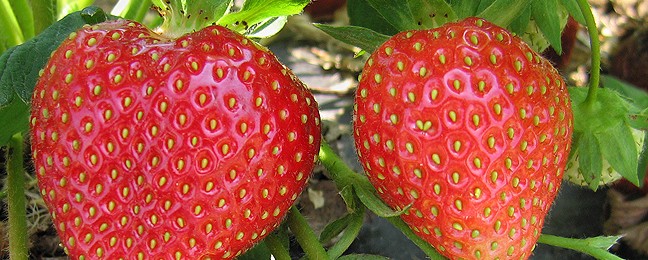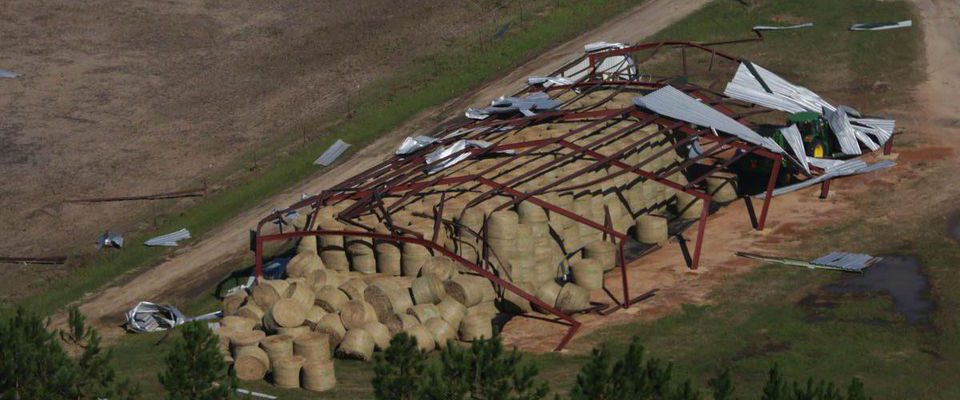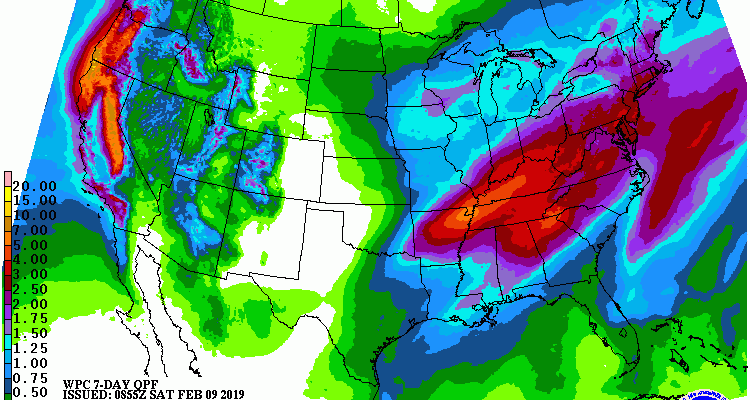-

Usually you think of most of Australia as pretty dry, and in fact they have been in a drought until recently. But the flooding rains that fell in the past few weeks has caused tremendous loss of cattle due to the extensive flooding that has occurred over the northeast part of the country. Crops have…
-

Valentine’s Day is always a big deal for strawberry producers who want to sell lots of chocolate-covered, juicy berries to lovers across the country. This year’s harvest in both California and Florida have been hampered by bad weather, which has delayed harvest. In California, cold and wet weather has damaged ripe fruit in the fields…
-

WSFA 12 News posted an interesting story about a rash of unexplained cattle deaths in parts of Alabama, Georgia and Florida in the months following the passage of Hurricane Michael back in October. Veterinarians in the area have seen a number of mysterious deaths which they think can be attributed in part to the effects…
-

If you don’t know much about Iran, you might think it is a desert country. And there are certainly very dry areas in the large country, but there is also a lot of agriculture there, with production of both crops and livestock. But in recent years, severe drought has taken a terrible toll on agricultural…
-

This week’s Roadmap question for the Georgia Climate Project focuses on the need for more research on aspects of climate-related health vulnerabilities. This could include both vector-borne diseases like West Nile Virus or Zika and heat-related illnesses. Public health agencies need to know what types of diseases to plan for in the future to help…
-

If you love history, you will be fascinated by this story about a stubborn meteorologist who made the crucial forecast for the launch of the first US satellite in January 1958 following the flight of the USSR’s Sputnik in late 1957 . They could not afford to get the launch wrong and depended on him…
-

The latest 7-day QPF map shows that a lot of the upstate regions in the Southeastern states will get quite a bit of rain this week, especially nearer the end of the week. Several inches could be observed in some spots along the Appalachian Mountains. By comparison, Florida will be fairly dry for the next…
Posted in: Climate outlooks